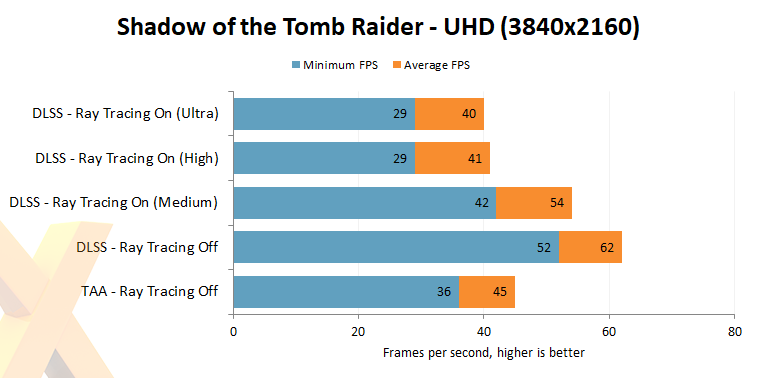Soldato
- Joined
- 19 Oct 2008
- Posts
- 6,070
NV is not even on 7nm yet. They won't need to give up on RT to respond and won't do that anyway, they're well ahead I think. If anything AMD need to get RT on their cards and they may then go through the pain NV have already gone through with a smaller step in raw FPS increase when they first implement RT in hardware.The gap between Radeon VII and 2080Ti is 35-40%. That's the gap to close.
The Radeon VII is 331mm^2 and doesn't use the better shaders in the 5700XT.
Remember the 2080ti die size is is 775mm^2.
It's possible but it is likely power consumption will get in the way. At 500mm^2 it might get close. Nvidia also wasted a lot of die space with RT cores and stuff, so they should be able to respond easily if they give up on that.
Overall I think AMD are a good few years behind Nvidia. Like with any tech, getting that extra few % can be so difficult too. 35%-40% is a huge gap bearing in mind the RT capabilities NV have stuffed on their cards, even if it's still early days for the tech.
Hopefully as the profits roll in from the CPU sales AMD can get more R&D done on their GPU's too. We know they've got the potential
Last edited:









